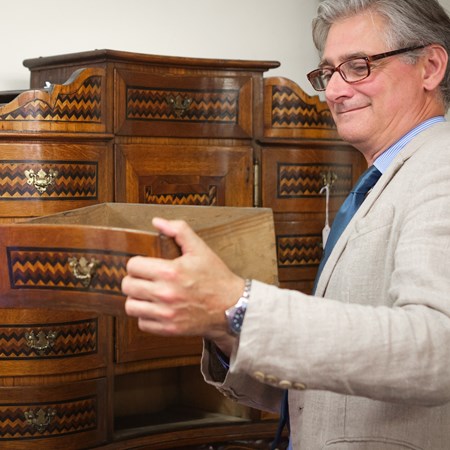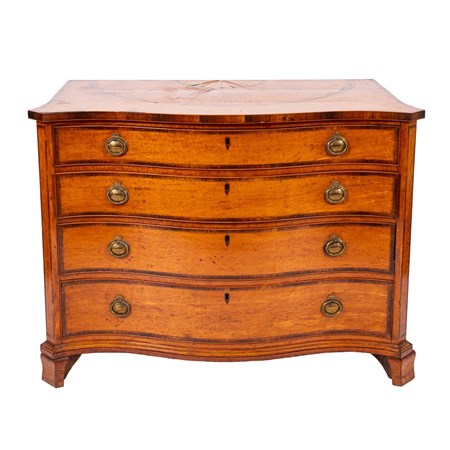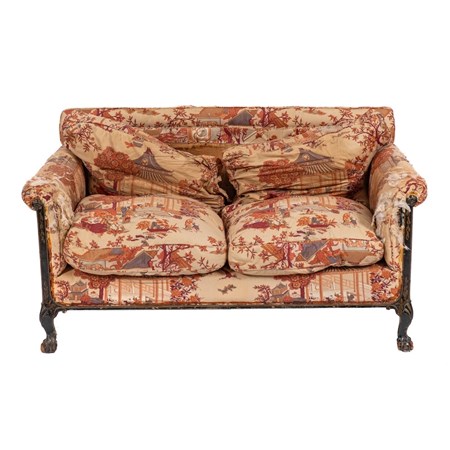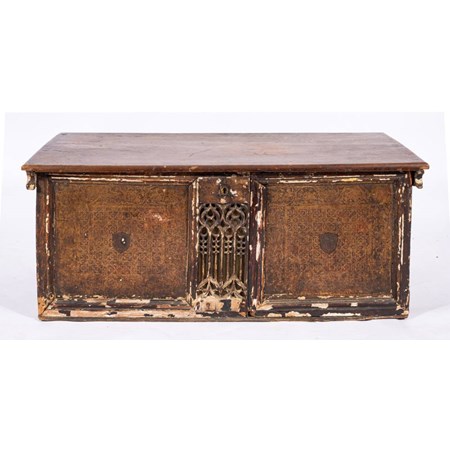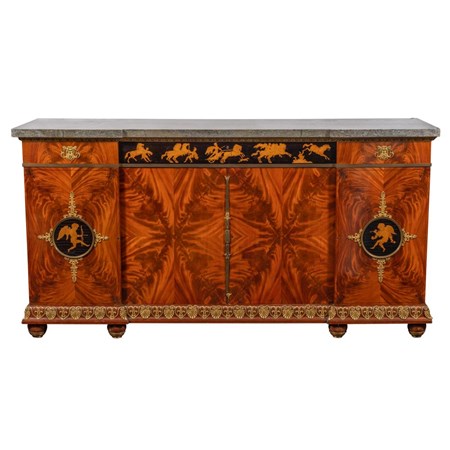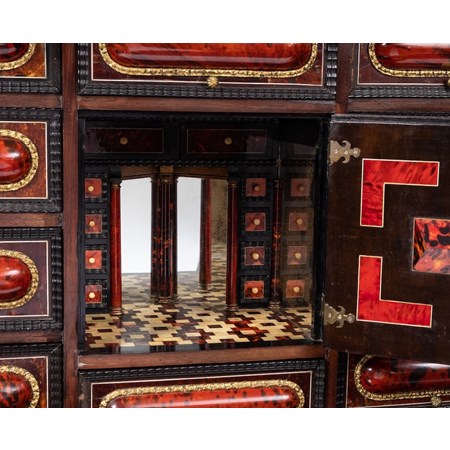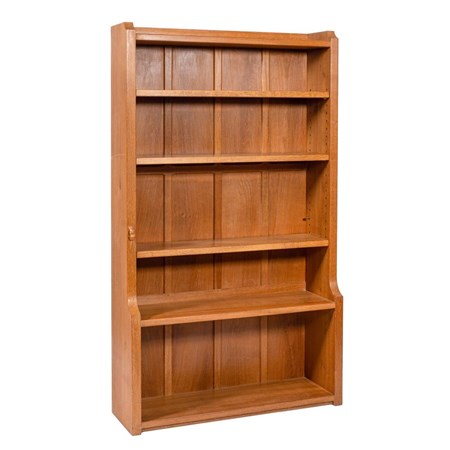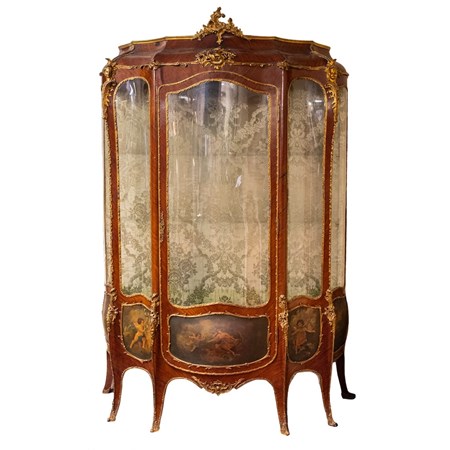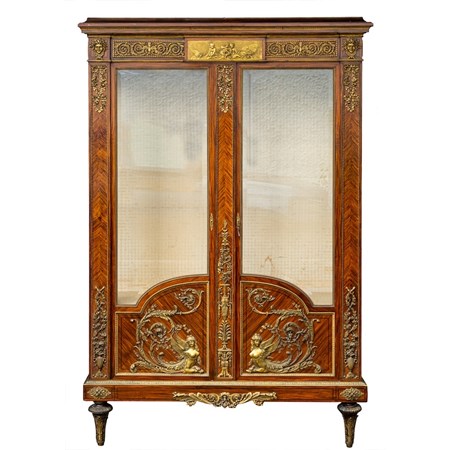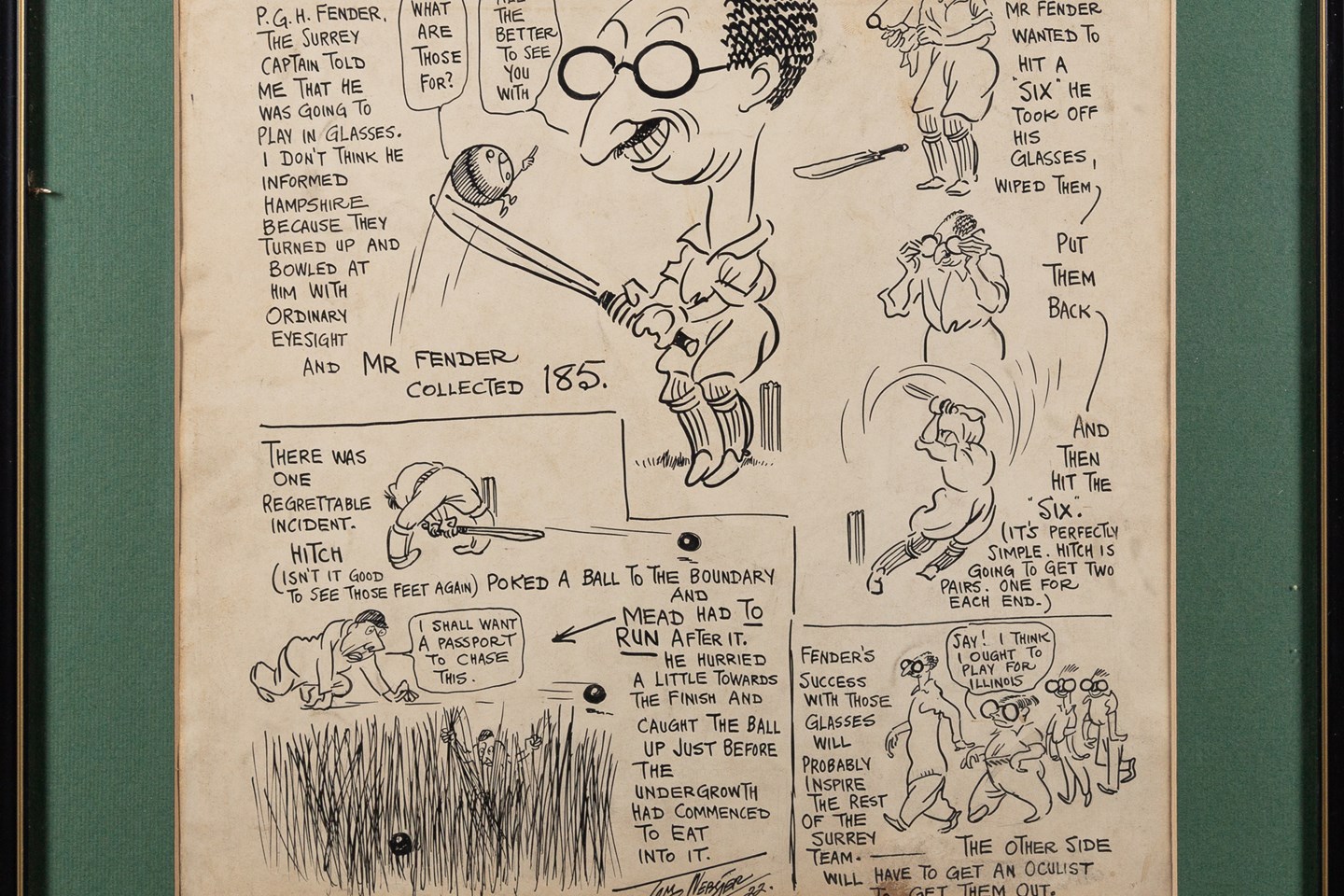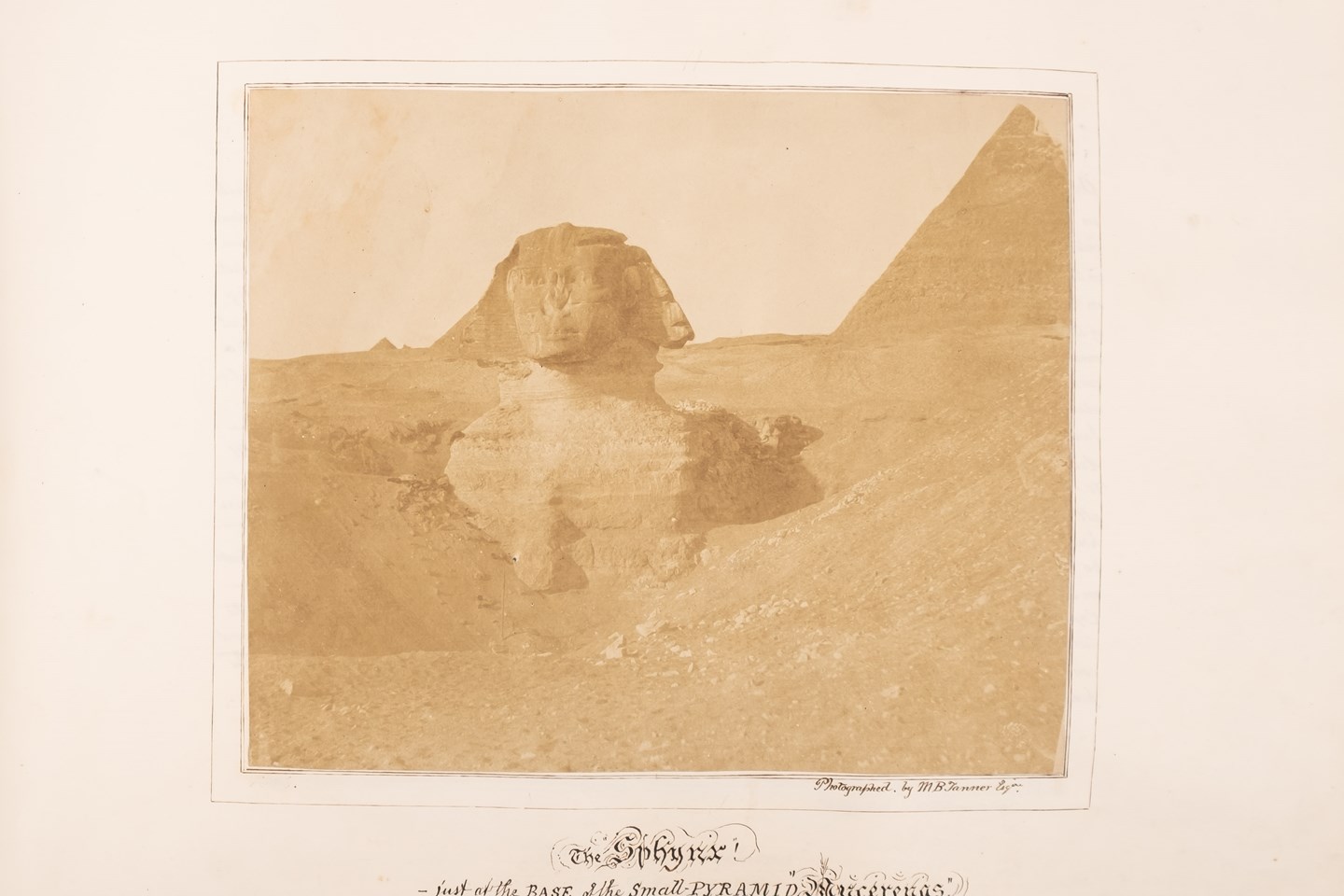The furniture department, run by Cristian Beadman, who catalogues and auctions hundreds of lots annually. From the finest 18th century English furniture to a modest Victorian chest of drawers. We also consign some stunning 20th Century and Contemporary pieces. Although fashions change, good quality English and Continental furniture of all periods will always find a ready market.
We continue to see the market for quality furniture grow and expand into areas in which there was little interest only a few years ago. This is typified by increasing demand for good Victorian and Edwardian pieces, until recently, would have been dismissed by collectors. Antique furniture that may have been seen as commonplace or utilitarian when it was bought seventy and a hundred years ago, is fast becoming highly desirable again.
Bearnes Hampton & Littlewood’s extensive knowledge will help you identify those pieces which have become valuable. Indeed, this can be clearly illustrated by the pair of George III mahogany bedside cupboards which the firm sold recently for £75,000.
Cristian is always happy to look at items of furniture you may be thinking of selling, either by photograph, email, facetime or in person.


